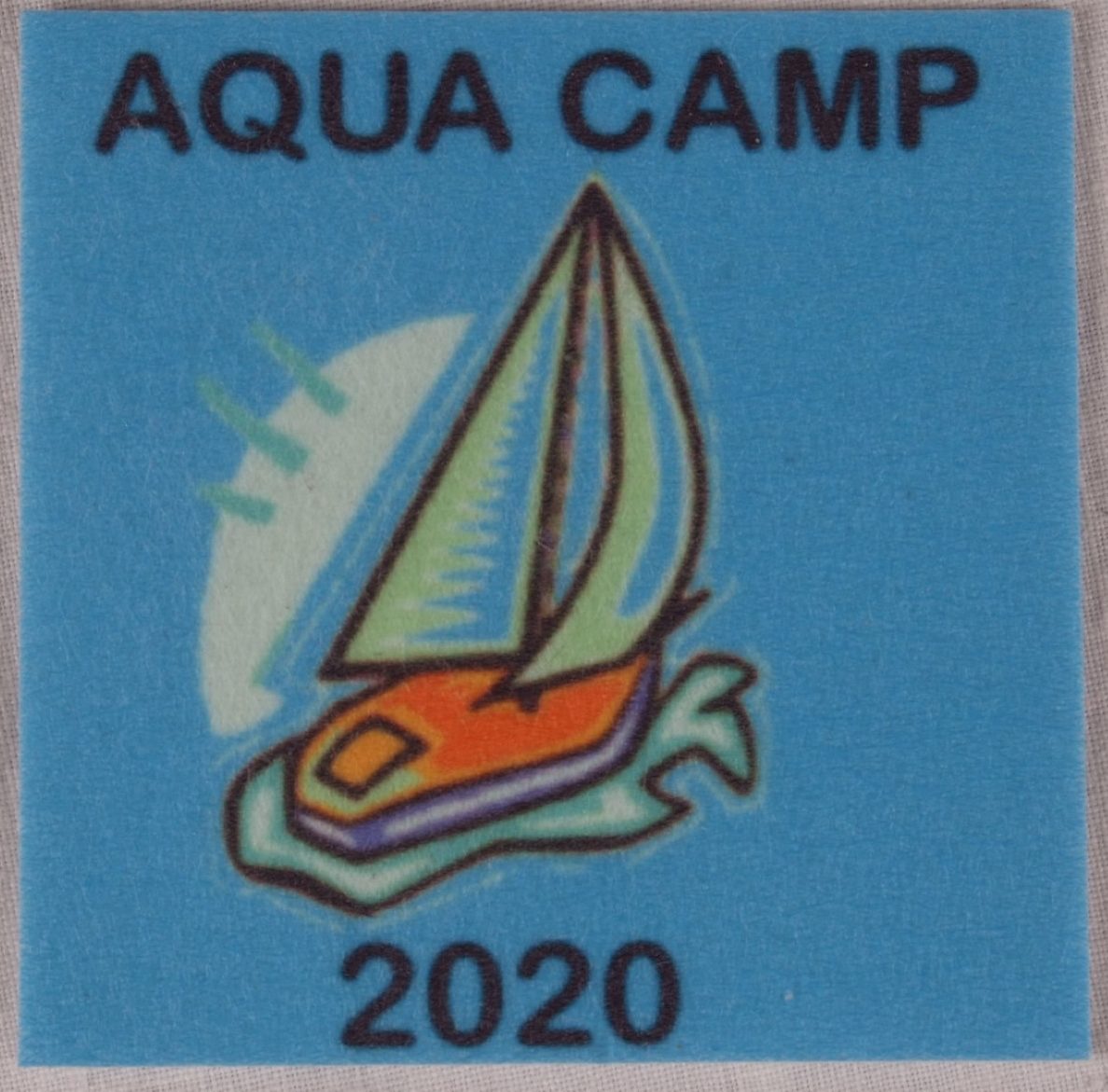Design Tips
When creating artwork for a badge business, it’s important to ensure that the design is clear, visually appealing, and meets your requirements. Here are some general artwork requirements to consider:
- Resolution: Artwork should be created at a medium to high resolution to ensure crisp and clear printing.
- File Formats: we are able to use most file types, the preferred being PDF or JPG.
- Bleed and Safe Area: Leave all wording or key elements a couple of mm’s in from the edge of the badge to allow for small variations when trimming the badge. A boarder works best for this.
- Text and Fonts: Use legible fonts and ensure that any text is readable when the badge is scaled down to its actual size. Lettering should be at least 5mm in height and is best if Bolded.
- Simplified Design: Keep the design simple and uncluttered, especially for smaller badges. Intricate details might not translate well to the small size of a badge and could be lost or become less recognizable.
- Proofreading: Double-check spelling, grammar, and design elements before finalizing your artwork. Once the badge is produced, any errors cannot be corrected.
- Mockups and Previews: Mockups or previews of a badge can visualize how it will look once produced. This can help identify any design issues before production begins. Artwork should be designed and test printed at the size badge you are requesting so that stretching or shrinking of your image is not required as this can lead to distorted and poor quality images.
- Licensing and Copyright: Ensure that the artwork you are using does not violate any copyrights or trademarks. If you’re using images or elements from other sources, make sure you have the appropriate licenses or permissions.
- Sample badges: Have a look at some of our sample badges to get an idea of what would look best for you.
Remember that these are general guidelines, and specific requirements might vary based on the type of badge you’re creating.
